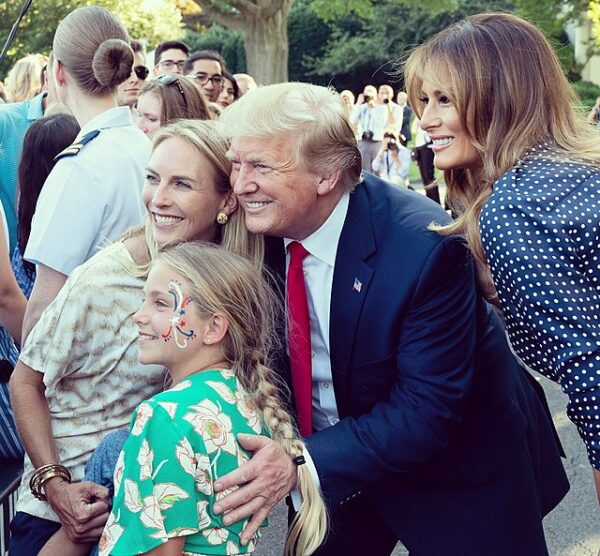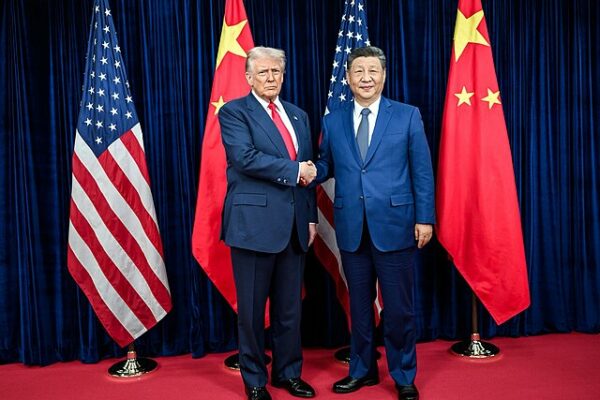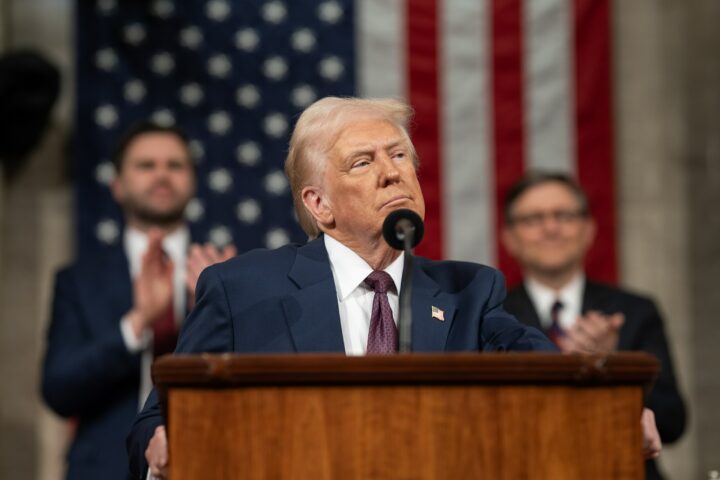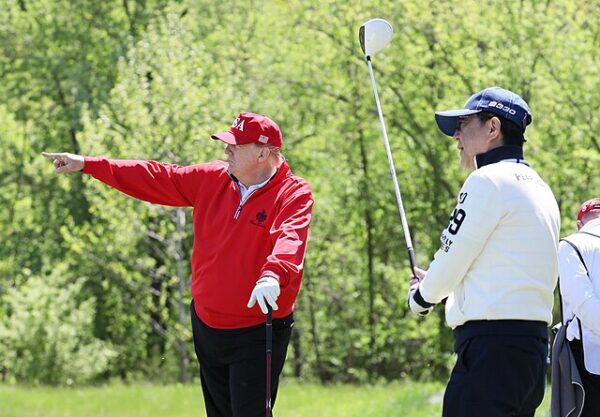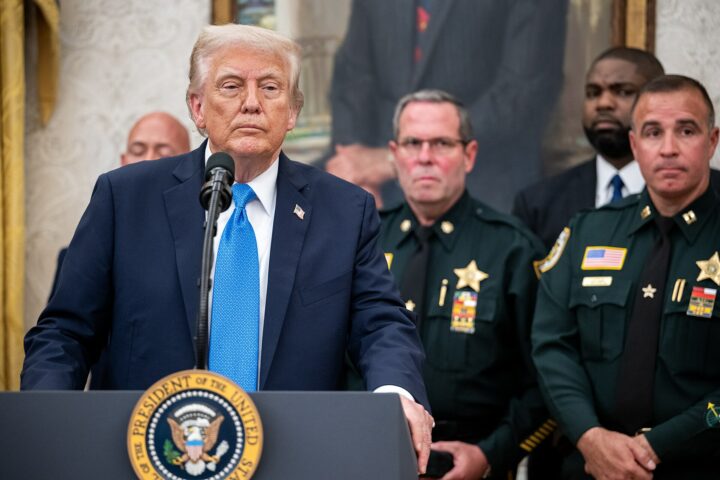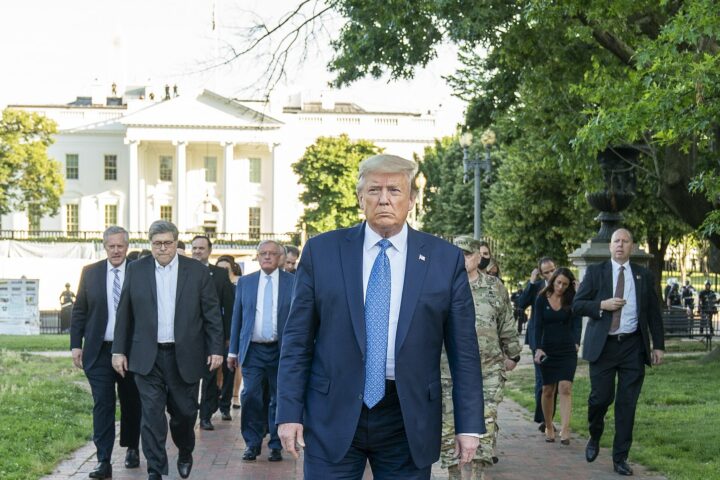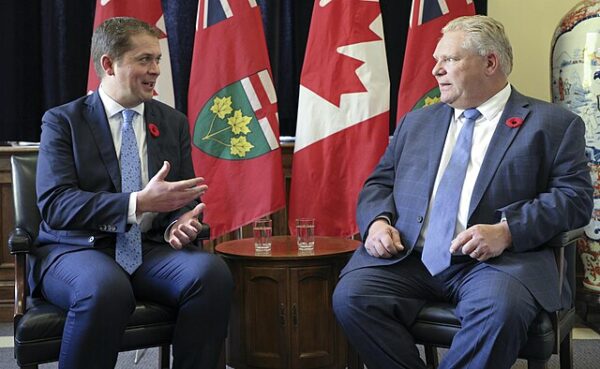In a decisive move to combat the proliferation of non-consensual intimate imagery and digital exploitation of minors, President Donald Trump signed the “Take It Down Act” into law today during a Rose Garden ceremony alongside First Lady Melania Trump. The legislation—overwhelmingly approved by Congress in a 409-2 House vote and near-unanimously in the Senate—marks a rare moment of bipartisan consensus on internet regulation and child protection.
The new law imposes criminal penalties for the knowing publication—or threat of publication—of intimate images without consent, including synthetic content such as AI-generated “deepfakes.” It also requires websites and hosting platforms to remove such material within 48 hours of a victim’s request and proactively eliminate duplicates.
🚨 #BREAKING: President Trump has just signed Melania Trump's TAKE IT DOWN Act into law
He even had Melania sign it too.
The bill requires big tech platforms to delete revenge p*rn within 48 hours, and requires JAIL TIME for perpetrators.
Many children around the country have… pic.twitter.com/E8CjWohNmO
— Nick Sortor (@nicksortor) May 19, 2025
First Lady Melania Trump, who has reemerged as an influential policy advocate since resuming her role in January, was instrumental in pushing the legislation forward. “Today, through the Take It Down Act, we affirm that the well-being of our children is central to the future of our families and America,” Melania Trump said during the ceremony.
The new law arrives amid mounting national concern over digital privacy, revenge porn, and the weaponization of technology against vulnerable populations—particularly children. Although dozens of states have already enacted laws banning deepfake pornography and other exploitative content, the “Take It Down Act” establishes a unified federal standard, extending enforcement power beyond state lines and into the infrastructure of the internet itself.
Still, the measure is not without detractors. Civil liberties advocates have voiced alarm that the law’s sweeping scope may chill free expression and lead to over-censorship of lawful material, including constitutionally protected speech. Others worry about the potential for excessive government surveillance or the legal pressures it may place on smaller web platforms.
With the president’s signature, the “Take It Down Act” now becomes one of the most comprehensive federal efforts to date to confront online abuse. Its implementation will be closely watched—not only for how platforms respond, but for the legal and constitutional questions it will inevitably provoke.
Whether the law becomes a model for future internet regulation or a cautionary tale of government overreach may depend on how faithfully it can strike the balance between protecting victims and preserving civil liberties.
[Read More: Scott Adams Issues Sad Announcement]

